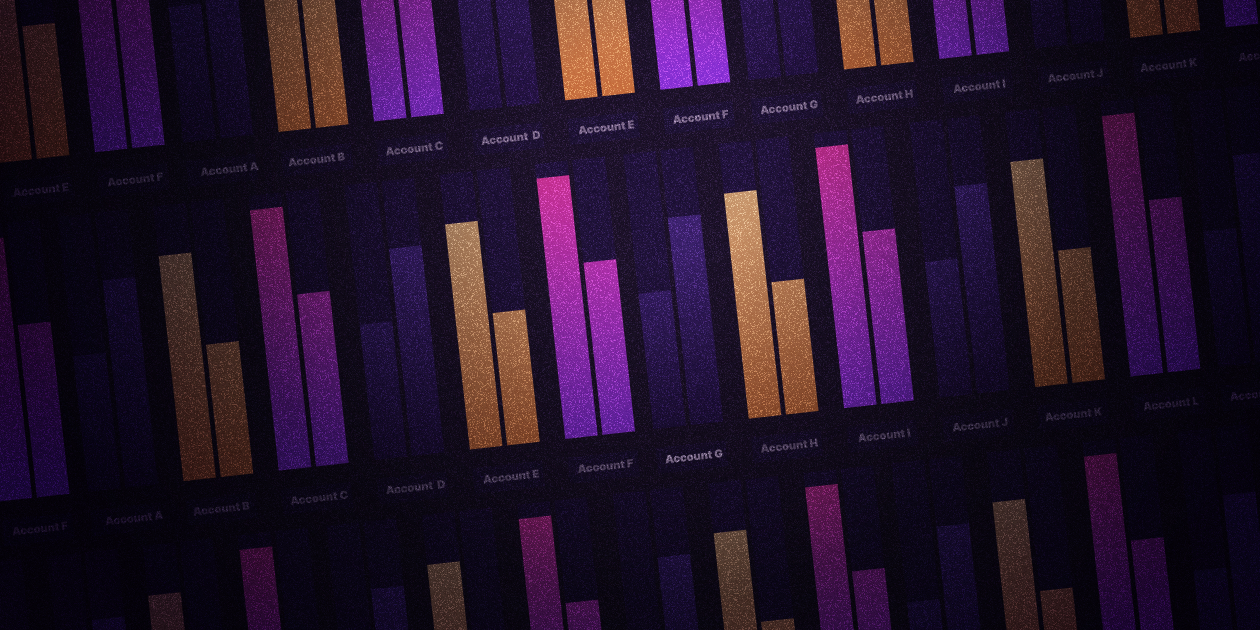
The Gamification of Fintech: Are Apps Making It Fun or Addictive?
Have you ever bought a share of a company’s stock on the Robinhood app?
Once the transaction completes, you’re presented with confetti, over-the-top pop-up graphics–and it’s all made to seem like your purchase was cause for celebration.
This is called ‘gamification,’ and it’s everywhere in fintech.
‘Gamification’ (in fintech) refers to the integration of game-like mechanics and elements into financial services and apps.
It has exploded in recent years, and it’s on one hand a testament to the industry's unyielding need to capture and retain consumer attention in an increasingly crowded ‘attention economy.’
Engaging users has become as– if not more– important than the actual services being offered.
The potential for enhancing financial literacy, fostering positive-sum behaviors, and promoting long-term financial well-being are often touted as the ‘raison d’etre’ of gamification.
But I’m not really buying it.
You see on the other hand, the rise of gamification belies a potentially unhealthy fascination with not just engaging users, but ensnaring them in a continuous loop that borders on compulsive behavior, possibly even addiction.
My thesis is, while gamification in fintech apps has made financial management and investment more engaging for users, there’s a fine line between creating an engaging experience and fostering addictive behaviors– and we are straddling that line dangerously.
Historically, the broader financial sector has struggled with shedding its reputation of being complex, intimidating, and largely inaccessible to the average person. The introduction of any approach (for lack of a better word) that promises to simplify and demystify financial concepts is obviously cause for celebration—and no doubt widespread adoption.
The integration of gamification elements such as points, badges, leaderboards, and of course confetti taps into psychological motivators, so it’s no surprise mundane tasks like saving, investing, and budgeting have become more entertaining– and as a result, more popular.
The concept isn't entirely new but it’s gained massive momentum in recent years. Fintech companies have recognized the potential, especially for engaging a younger demographic, who aren’t digital natives themselves but who have come to expect a captivating user experience from their financial services.
Thanks TikTok.
Let’s take a look at some popular examples of how gamification is being deployed.
Robinhood: Simplifying Stock Trading
We started with Robinhood, really the pioneer of gamified investing. They ‘democratized stock trading’ by offering commission-free trades alongside a sleek, intuitive interface. Its use of celebratory animations gamifies the stock-trading experience, making it more rewarding for users. This approach not only simplifies the process but also adds an element of excitement, appealing especially to millennials and Gen Z users who are more prone to seeking instant gratification and acknowledgment (I can say that, right?).
Acorns: Encouraging Savings Through Round-Ups
Acorns takes a unique approach of integrating the concept of 'round-ups'—automatically investing spare change from everyday purchases. This gamifies saving by linking it to routine activities, making the act of saving feel less like a chore and more like a rewarding part of daily life. Through visual progress trackers and milestone celebrations, Acorns motivates its users to increase their savings without the intimidation of traditional investment strategies.
Stash: Investing with Educational Challenges
Stash incorporates educational challenges into its investment platform, rewarding its users for learning about financial concepts and market trends. By completing challenges, users earn rewards in the form of bonus investments. This method not only gamifies the investment process but also empowers users with knowledge, making the whole thing a lot less intimidating.
Now let’s pause to consider the other side of the coin.
These very strategies that draw users in– they walk a very thin line between fostering healthy engagement and fomenting addictive behaviors.
Sivananth Ramachandran, Director of Capital Markets Policy at the CFA Institute, says: “Gamification can be a powerful tool for increasing financial literacy and attracting new and younger audiences to investing. However, the techniques that are so adept at increasing user engagement are often leveraged to drive excessive or high-risk trading, or to encourage other harmful behaviors at the expense of investors.”
The psychological underpinnings of gamification tap into our natural desires for achievement, recognition, and reward. These elements– when designed thoughtfully– can enhance learning and financial behavior. But they also exploit psychological vulnerabilities, and they can lead users to chase that dopamine rush associated with 'winning' or 'achieving.’
Studies (here, here, and here) suggest that for some users, it’s a slippery slope to compulsive behavior. The key concern here is that gamification encourages short-term, reward-focused interaction patterns.
The tragic case in 2020 of a young Robinhood user who took his own life after misinterpreting his financial exposure– seeing a negative balance of $730,000– painfully underscores the real-world consequences.
So, while gamification has indeed revolutionized user engagement– making financial management and investment more accessible and enjoyable– it has and continues to pose significant risks.
The fine line between an enhanced user experience and potentially fostering addictive behaviors demands careful attention. We need safeguards against the darker side of gamification. We need fintech applications to be designed with ethical responsibility in mind. We need the pursuit of engagement to be balanced with user well-being; We need protective measures to be applied to ensure users are aware of and shielded against harmful patterns of behavior.
Sadly, we’re not there yet. But I’m optimistic.




